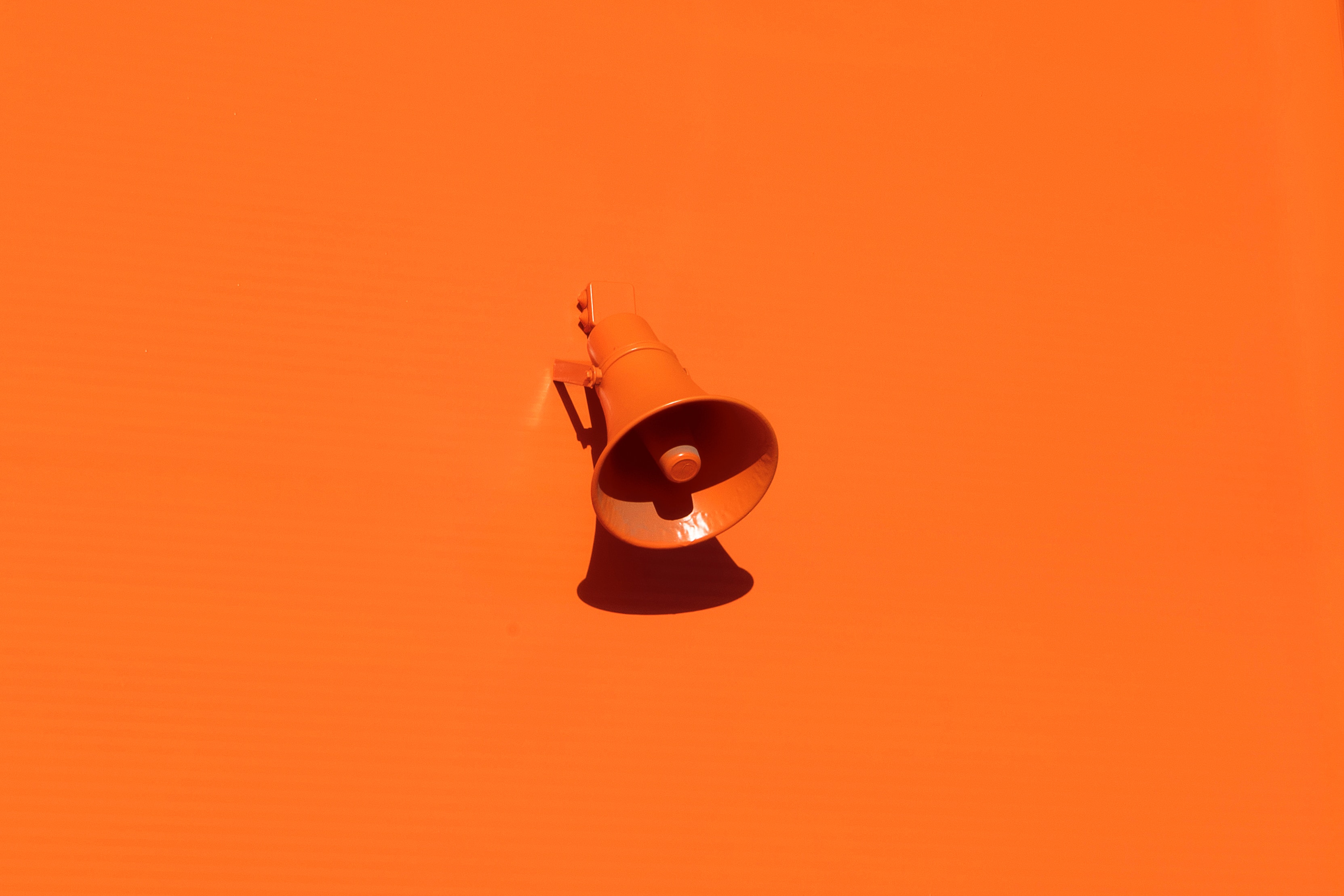Copyright infringement is justifiably a fraught subject—from Comic Cons to logo parodies, tensions run high whenever a brand’s reputation is on the line. Yet in this digital world of ours, the waters in which copyright law operates are becoming increasingly murky. Case and point: a U.S. court ruling handed down on February 15 decided that embedding a tweet in a website could now be considered a copyright violation. This ruling has caused a few raised eyebrows among media types, as it could have grave consequences for the world of digital publishing.
What Happened

In 2016, photographer Justin Goldman posted a Snapchat story containing a photograph of NFL quarterback Tom Brady and Boston Celtics general manager Danny Ainge. After the photograph was shared by various Twitter users, several news sites embedded a number of these tweets in their coverage of Brady’s role in the potential recruitment of NBA player Kevin Durant. Goldman then sued the media companies involved, including Breitbart News Network, Gannett Company, Yahoo and Vox Media (who was later dismissed from the case), claiming the images were used without his permission and therefore infringed upon their copyright.
What is interesting in this case is that the photo in question never directly appeared on any of these websites; instead of hosting the image on their sites, these news outlets simply included code that asked Twitter to display the tweets. Despite this, Judge Katherine B. Forrest ruled that the various news sites could be liable for digital copyright infringement.
How It Happened
The Judge’s ruling relied on two tech industry lawsuits, including the 2014 ruling against Aereo. Aereo was a paid service that allowed users to stream TV programs through the internet at the same time they were broadcast live over the air. Although Aereo was obtaining copies of each show legally, they were essentially penalized for the end result: the “performance” of the copyrighted materials. The technology Aereo used was legal, but the results looked like copyright infringement. The ruling indicated that the technicalities didn’t matter, only the end result.
The same happened in the Goldman case, where the embedded tweets “performed” as copyright infringement by displaying a copyrighted image to the public. The behind-the-scenes technology (ie. the “embedding” code and the technicalities of server structures) seems to be discounted here, and while inlinking is a crucial part of internet culture and information sharing, we’re seeing some of these privileges choked.
What This Means

Judge Forrest qualified her ruling by conceding that embedding specific copyrighted content might still be legal. “There are genuine questions about whether plaintiff effectively released his image into the public domain when he posted it to his Snapchat account.” What this means is that, typically, an author needs to expressly sign a work over to the public domain, but in this case, publications can argue that there was implied licence as the photographer knew that his Snapchat might end up being used by media outlets. So, there may be more to come in this story, as the question of licensing and authorization continues.
Ultimately, the ruling against the use of the image via embedded tweet seems to go against the public interest argument that has prevailed in many digital content disputes prior. For example, the 2007 Perfect 10 v. Google case that ruled image thumbnails from a search result do not count as copyright infringement of said material. The deal is that Google can’t be to blame for offering up images searched for by its users, as the images are actually being hosted elsewhere, on other sites and servers.
In the Goldman case, media embedding is coming under fire because it displays the copyrighted content without any “active choice” on the part of the user. The embedded image is on the page for the user to see, without them clicking a link or thumbnail to Goldman’s account. However, the nature of the internet as we know it is a complex ecosystem of linking between content and pages, and this ruling shakes the very foundation of that system. Should the above ruling stand, it could jeopardize the way we use inline links to inform, entertain and share content across the web.
The Takeaway
We can all agree that TrademarkInfringement.Sucks, but what exactly that means in today’s digital world is shifty. The web as we know it relies on sharing and spreading ideas and content. In the future, we should all be very aware of how sharing media can and should be handled, for the sake of individual users and brands alike.
Got something to say about this embedding debacle? Say it loud and say it proud with your own .SUCKS domain.
Photo Credits: Shutterstock / BigTunaOnline, Shutterstock / Natee Meepian, Shutterstock / Milan Ilic Photographer










